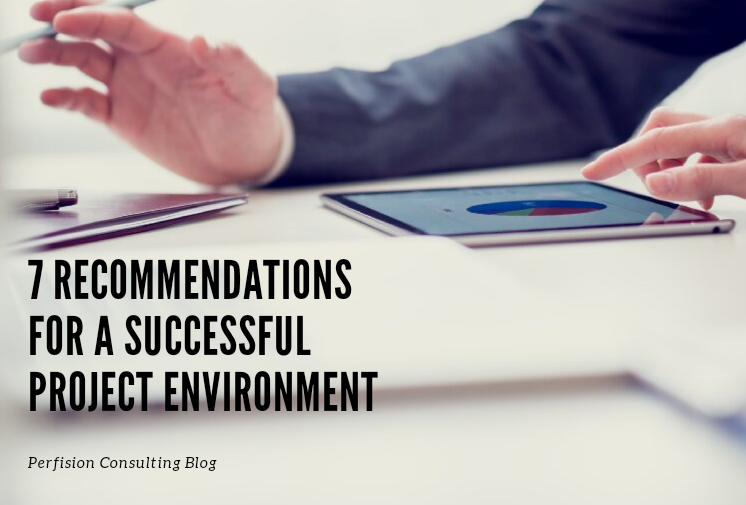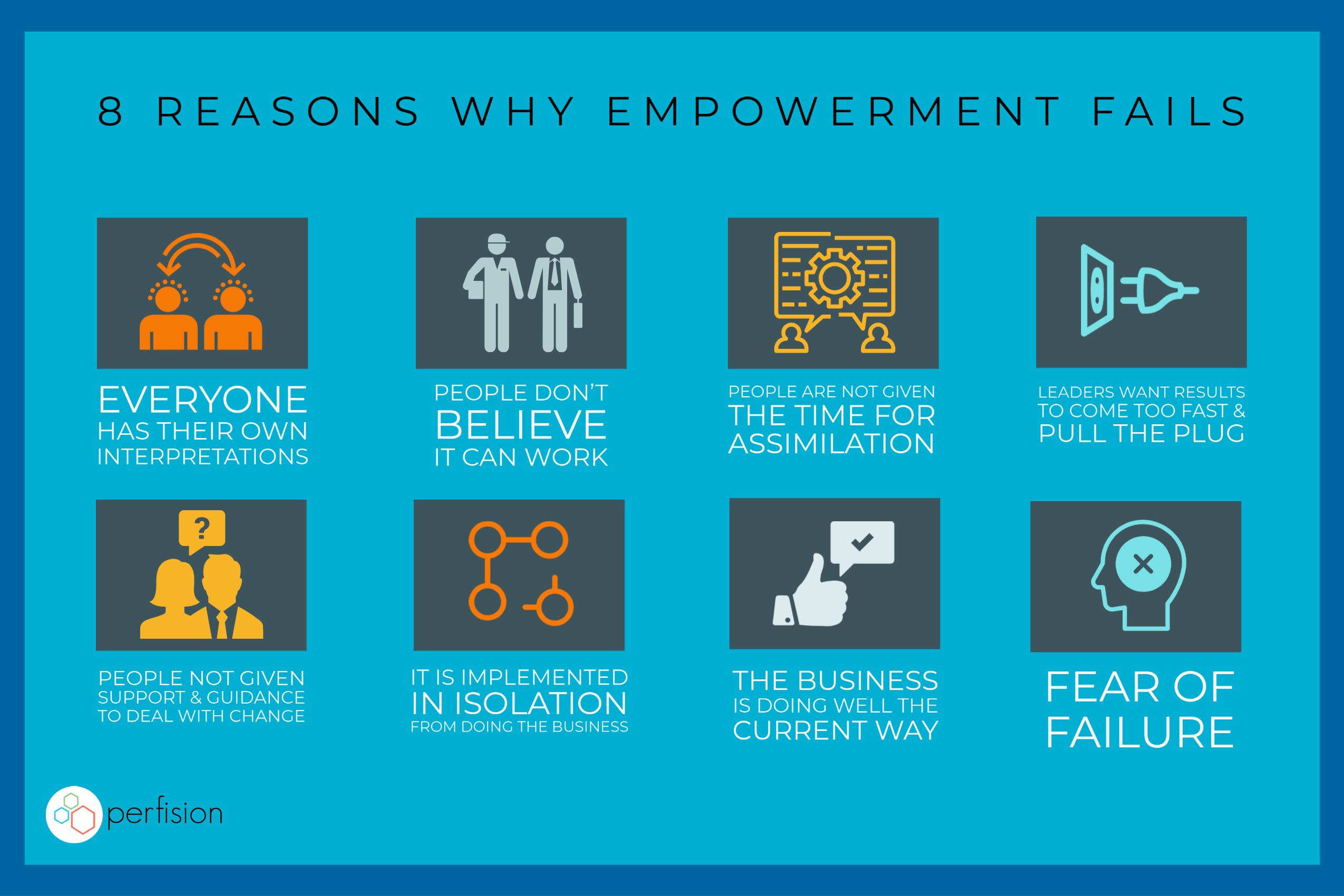People in general, and in business, have a tendency to choose comfort over discomfort, structure over chaos, and certainty over unpredictability. In HR, we are no different. Although perfectly reasonable to pursue these in principle, they can get in the way of having a greater impact on the business.
It’s quite natural for us to seek comfort, for we tend to perform well when executing tasks and skills that we know and have done before. For business, this is actually desirable for achieving high performance. HR can contribute to this by supporting the business in finding their optimal level of comfort/discomfort balance to perform at their best. This can mean that we may need to find new ways of working and in the process make ourselves feel uncomfortable, something that the business may require.
We have a tendency to set up structures and systems under the banner of best practices that provide us with an element of control and legitimize our choices, in the hope that this makes HR appear to be a contributor to the business. Unfortunately, these are not always well received by other areas of the business, as they feel the load of increased amounts of admin that keep them away from executing the tasks that they believe will deliver real business results. Are we able to get rid of the admin and systems while still providing the business with the support they need to succeed?
An example that illustrates this issue is the way we evaluate employee performance. We tend to have a policy of using annual and/or six-monthly performance reviews. Once or twice a year each manager is required to write a performance review for each report and have a meeting with each of them, regardless of the need. Two things should be highlighted:
First, both 6 or 12 months is too long to wait to communicate to someone that they are not performing to expectation. The manager and their people should be having this discussion more frequently if necessary. If it is happening frequently, then an annual performance review becomes unnecessary and takes on more the character of a ritual. Second, if people are performing well, are displaying the right behaviors and follow company policy, their success needs to be acknowledged with formality but minimal distraction from carrying out the business at hand.
Effective HR is always looking for opportunities for the business and finding new ways to help them to perform better, and consequently becoming a player in the organization. It’s tragic to see HR become admin oriented and not be included at the business table, because I believe that HR has a crucial role to play. The way we live up to this role is twofold: 1) We wear our business hat first and HR hat second, and 2) we focus on people, a fundamental performance pillar of business success.
Here are 3 ways that I believe help us fulfill our role as a strategic business player and that support business people deliver more:
1. Stimulating an ongoing dance between leaders and their team members.
We need to create an environment where leaders and their people meet to review and evaluate performance on the basis of a business need, not an HR need. Instead of an annual performance review, we encourage a process of ongoing discussion between leaders and their people that focuses on guaranteeing that we deliver what is expected at the right time. Progress is jointly monitored, adjustments are made where necessary and personal development needs are identified and agreed to.
2. Preparing leaders to lead at three levels: individuals, teams, groups.
As leaders progress through the organization, they will need to become effective in leading others at 3 levels, each with a very different set of skills required. The organization’s leadership training programs need to reflect this. First, they are able to communicate well and provide coaching 1-on-1. This tends to be the most intimate level, where both individuals have built the trust and confidence to put all things on the table, making it possible to address more sensitive issues of a personal growth nature. Great leaders are able to reach this intimacy in the other two levels. Second, leaders are able to lead teams and help them to become more effective at achieving their goals and reaching higher maturity and synergy. Third, leaders are able to lead groups. Groups are significantly larger than teams and often lack the cohesion and goals focus that teams have. At this level, leaders are able to inspire and motivate entire groups.
3. Creating a “Pull” dynamic to HR support
As a support unit to the business, I believe we should listen to the business and give them what they need to solve their problems and help them perform. They come to us, not the other way around. We don’t impose our policies on them. Our job is to create a culture where people see the value of HR and want our input. HR pulls people towards it because it helps them perform.
Having said this, we also need to anticipate what the business might need, as HR can’t just passively stand by. Two competencies allow us to do this. First, being fully aligned to the strategies and deliverables. These provide the context in which HR support is provided. Second, understanding the critical paths and flow of processes that deliver business performance. This will make us relevant in providing the right support at the right moment, increasing the efficiency of the business processes while reducing waste.
Our Role as a partner
Putting the business first will push many of us to find new ways of working and redefine our HR role into a fulfilling one. The three suggestions I mention above only serve to give a flavor and illustrate how a potential shift could look like. We will uncover other ones as we develop our intuition to this way of working, internalize new tendencies, and become the partner, both strategically and operationally, that the business wants and needs.
It is very hard to change the status quo that we find ourselves in, but seeing some companies succeed in doing so show us it is possible. As HR, we have done good work and what we’ve built in the past has gotten us to where we are today. But, as the influential book by Marshall Goldsmith warned us, what got us here won’t always get us to where we need to be.


